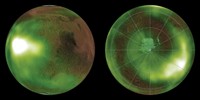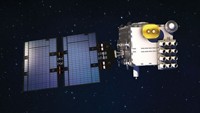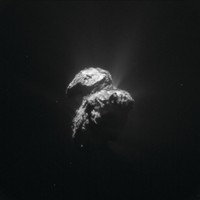Advertisement
Grab your lab coat. Let's get started
Welcome!
Welcome!
Create an account below to get 6 C&EN articles per month, receive newsletters and more - all free.
It seems this is your first time logging in online. Please enter the following information to continue.
As an ACS member you automatically get access to this site. All we need is few more details to create your reading experience.
Not you? Sign in with a different account.
Not you? Sign in with a different account.
ERROR 1
ERROR 1
ERROR 2
ERROR 2
ERROR 2
ERROR 2
ERROR 2
Password and Confirm password must match.
If you have an ACS member number, please enter it here so we can link this account to your membership. (optional)
ERROR 2
ACS values your privacy. By submitting your information, you are gaining access to C&EN and subscribing to our weekly newsletter. We use the information you provide to make your reading experience better, and we will never sell your data to third party members.
Environment
Aquarius Satellite To Study Oceans
by Elizabeth K. Wilson
June 20, 2011
| A version of this story appeared in
Volume 89, Issue 25

The successful launch of the Aquarius/Satélite de Aplicaciones Científicas (SAC)-D satellite on June 10 marks the beginning of an international mission to study ocean circulation and Earth’s water cycle via ocean salinity. The mission is a joint project between NASA and Argentina’s space agency, Comisión Nacional de Actividades Espaciales. Aquarius/SAC-D microwave radiometers will measure minute differences in thermal radiation from the ocean’s surface, which correlate with salinity. Ocean surface salinity affects the density of the water, and salinity differences help drive ocean circulation. In 2009, the European Space Agency launched the Soil Moisture & Ocean Salinity (SMOS) satellite. Salinity measurements from SMOS and Aquarius/SAC-D will augment data from other Earth-observing satellites, providing insights into how fresh and salty water affect global systems such as the atmosphere and sea ice.





Join the conversation
Contact the reporter
Submit a Letter to the Editor for publication
Engage with us on Twitter